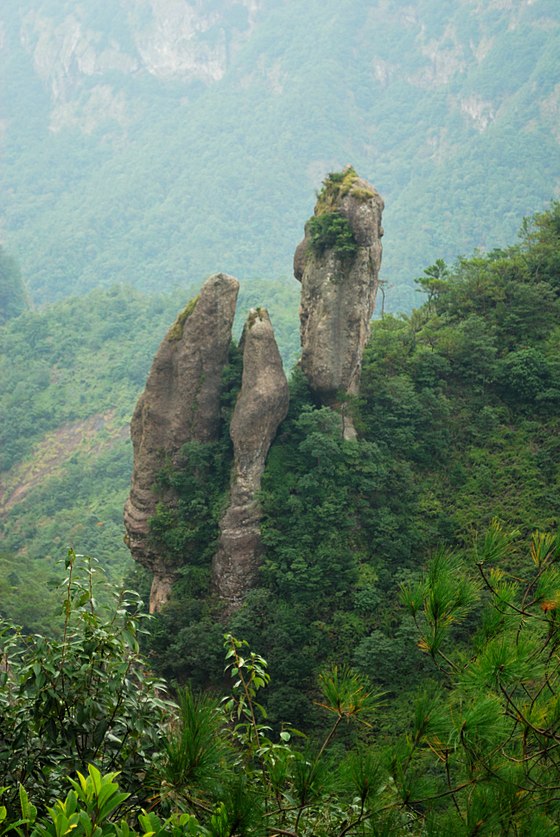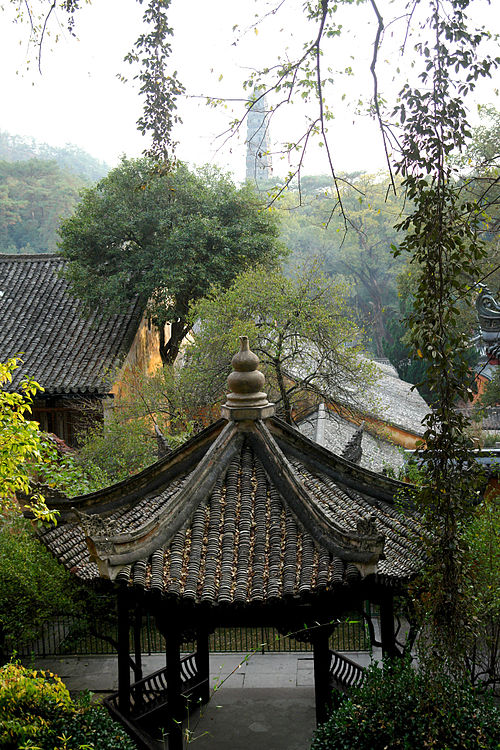Ganjiahu Haloxylon Wood Nature Reserve
2 min readGanjiahu Haloxylon Wood Nature Reserve spans across Wusu City, Jinghe County, and Tuoli County.

It is a relatively large wild secondary forest in the world with an area of 1,040km, and the absolute reserve of over 6,600hm2. It is not specially built for the protection of Populus diversifolia, rather it is for the pretection of haloxylon, haloxylon persicum, and their desert ecotope, but the scene of Populus diversifolia growing together with haloxylon and rose willow and other species forms distinctive scenery.

Ganjiahu Haloxylon Wood Nature Reserve is surrounded by mountains in three directions, and on the terrain, it belongs to Ebinur Lake Basin; it inclines from north and south to the center and the west; Kuytun River, Four Trees River, and Guertu River gather here and then flow to the Ebinur Lake. In consequence, the region is rich in groundwater, and a number of small lakes are formed in some parts. Haloxylon, rose willow, and populus euphratica trees grow tenaciously in the reserve, forming dense forest belt to maintain the oasis ecological balance in the reclaimed farms at the edge of Wusu City, Jinghe County, and Tuoli County. There are more than 110 kinds of desert trees and wild plants growing unde er the trees, such as halimodendron halodendron, reaumuria soongorica, Calligonum Mongolicum mongolicum, nitraria tangutorum bobr, and horaninowia ulicina, which effectively resist the perennial raging gale at Alataw Pass and hold the quicksand of 200,000hm-in Kekekasiha. There are also numerous wild animals foraging, playing, reproducing, and inhabiting leisurely in the reserve, such as horses, deer, Mongolian ga zelles, argali, wild boars, foxes, hedgehogs, cuckoos, larks, Lesser Grey Shrike, and loons and several parts of the area maintain the primitive form of the nature integrally.
Populus euphratica is called the living fossil among the ancient tree species, and the shape of leaves changes in different developmental stages, so it is also called Populus diversifolia. It has a strong ability of drought resistance and alkali resistance, so it can tenaciously survive in the desert salinity soil. The aged populus euphratica shows their true quality of desert heroes with twisted roots and gnarled branches; and the newly born populus euphratica trees are verdant with luxuriant foliage, bringing infinite vitality to the Gobi desert.
The famous Ebinur Lake is hidden deep in this forest.









